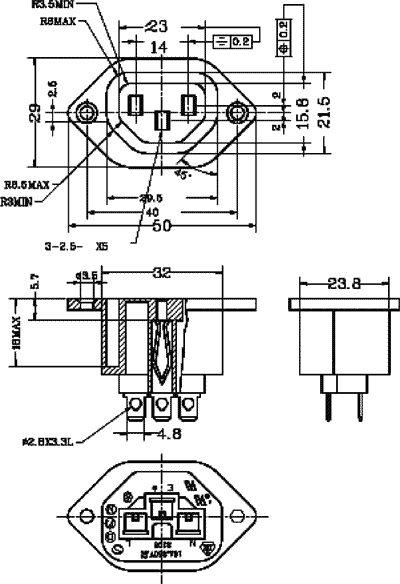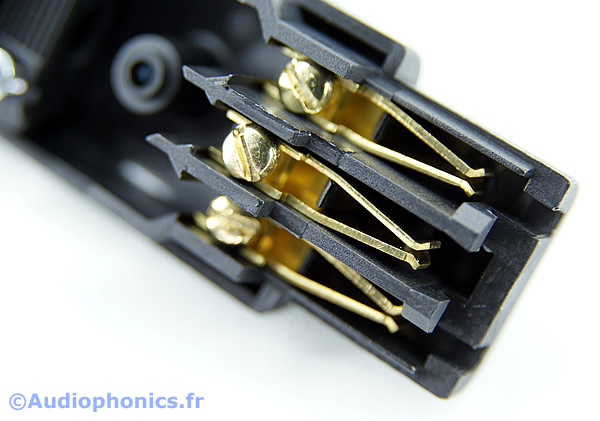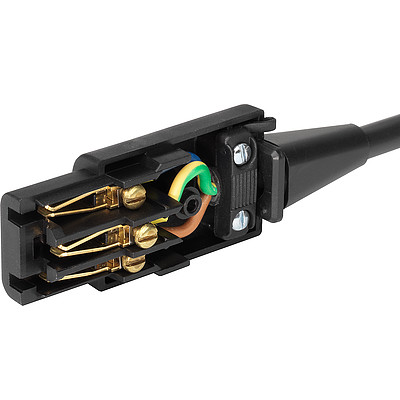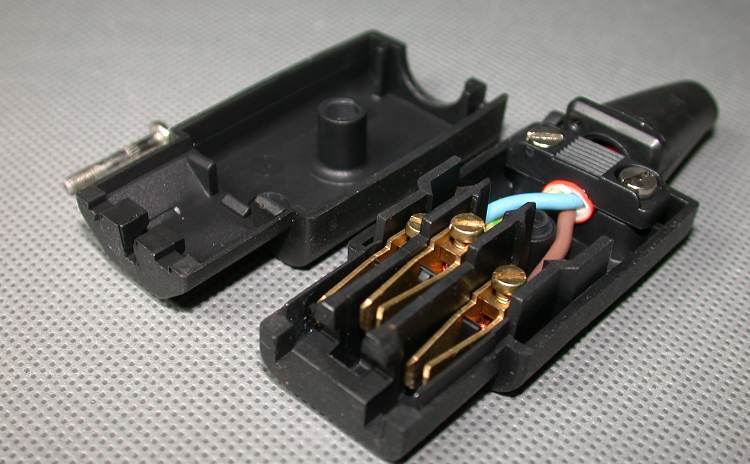Hey @imhififan
The Wattgate can't plug all the way into anything in my house. Now that I know what to look for I can say it just won't hit the bottom. What I'm feeling is the pin grip mechanism keep it from accepting the full width of an IEC pin. That's probably why the body is so long.
The Luxman C18 socket feels wrong with every connector. I mean, the Connex and generic brands make contact and seat, but I can feel that they just don't seem to grip until late when I compare to all the other IEC outlets I have running around the house. This is what got me to make a new power cable with custom ends in the first place and down this rabbit hole.
I can confidently say that with my test connector and a couple of other IEC inlets every cable I tried feels better than the Luxman's.
So I'm really dealing now with two separate issues, one of which is what's weird about the Luxman, and another about Wattgate's grip mechanism acting as a block to full insertion.








